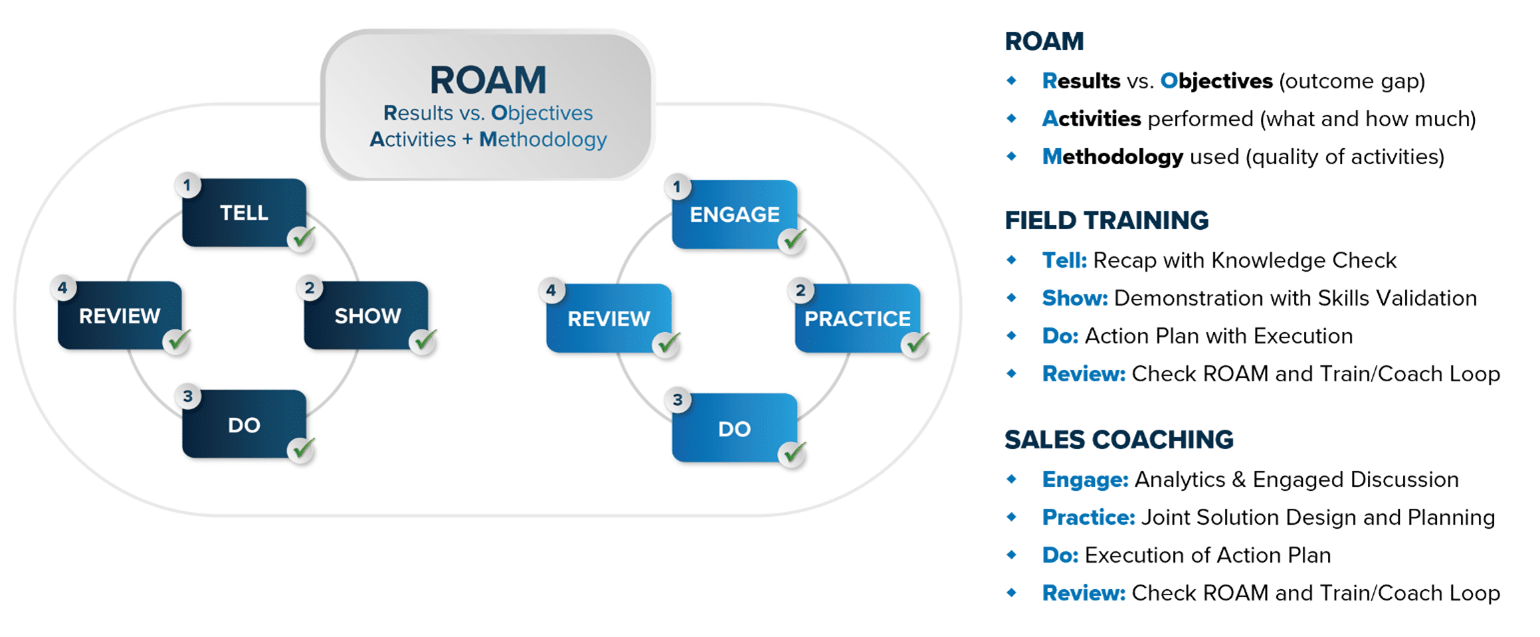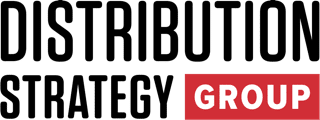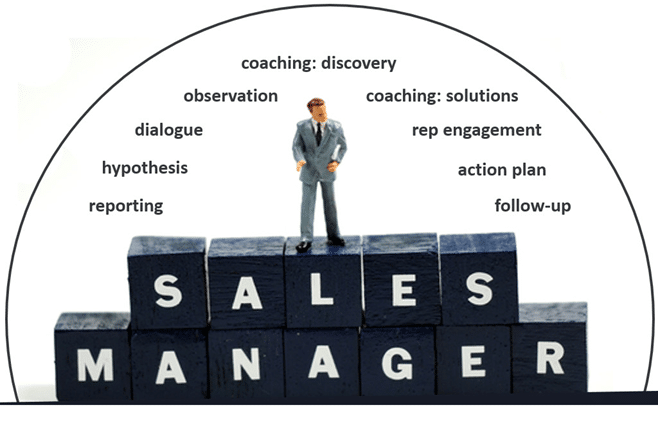Sales teams in distribution are often busy—making calls, visiting accounts, sending quotes, and updating CRM (if they even have or use one). From the outside, it looks like progress. But inside the numbers, something’s off. The prevailing outcome is “more of the same” or is based on market and economic conditions, versus based on the capabilities of the sales force.
Despite all the activity, performance isn’t improving. Quotas are missed. Forecasts fall short. Leaders are left wondering:
How can a sales team work so hard
and still not deliver better results?
This article explores the disconnect between effort and outcomes—what I call The Sales Activity Trap—and introduces a practical framework for diagnosing and improving sales performance.
For many years, the sales function in distribution was a black box. The sales force was entirely self-directed and was a mystery. You got what you got. And because many distributors have worked with their customers for a long time, the production operated on what I call “momentum fuel.” Orders kept coming, almost despite the sales force.
If you’ve ever felt like your team is spinning its wheels or stuck in a loop of “more of the same,” this article is for you.
The Illusion of Activity
It’s a positive thing that more distributors are now working to measure sales activity. Activity is relatively easy to capture and measure. It’s comforting to see dashboards filled with visits made, emails sent, meetings booked, and quotes delivered. But motion isn’t momentum. And activity isn’t impact.
In distribution, where many companies are only now evolving and modernizing their sales infrastructure and GTM [go to market] models, it’s common to rely on activity metrics as a proxy for performance. But this creates a dangerous illusion. Teams look productive, but the numbers don’t move. Why?
Because volume doesn’t equal value. Without a way to assess execution quality and strategic alignment, activity becomes a false indicator. It’s not that activity doesn’t matter, it’s that it’s often not enough.
What Many Sales Leaders Miss
Even well-intentioned efforts to improve sales often fall short. Here’s why:
- No single sales methodology employed
Sellers use different approaches, leading to inconsistent execution and unpredictable outcomes. Without a shared language or formal sales process and methodology, coaching is scattershot, and results vary wildly. - No clear performance model
Leaders lack a structured way to define what “good” looks like across roles and stages. This makes it hard to diagnose issues or replicate success. - No formal coaching methodology
Managers offer ad hoc advice rather than structured, developmental coaching. As I’ve written in Why the GROW Model Is Not Sufficient for Sales Coaching, popular coaching models often fall short in sales because they don’t address details, execution quality, or root causes. Too much is left up to chance. - No practice with feedback loops
Reps rarely get opportunities to rehearse key conversations and receive targeted feedback. Sales is treated as a live performance, not a skill to be developed. - Limited focus on sales competencies
Skill development is often reactive, not tied to a defined competency model. Without clarity on the skills that drive success, training becomes variable, based on the manager, and is often incomplete or ineffective.
These gaps make it difficult to connect activity to outcomes—and even harder to improve performance systematically.
Introducing ROAM: A Framework for Diagnosing Performance Gaps

ROAM stands for:
- Results: The actual performance delivered.
- Objectives: The goals set for the rep—quota, forecast, or other performance targets—whatever your company calls them.
- Activities: What the rep is doing, how much, with whom, and when/where.
- Methodology: How and how well the rep is executing those activities using the sales methodology. This is the quality measure of the Activities.
When there’s a significant gap between Objectives and Results, ROAM helps leaders explore whether the issue lies in:
- Activities: Are the right actions being taken, with the right frequency and focus?
- Methodology: Are reps executing those actions effectively, using the sales methodology with skill and precision?
Often, the root cause is not just what reps are doing—but how well they’re doing it. ROAM helps pinpoint where to focus coaching efforts and whether the gap is tactical or skill-based.
As I shared in Uncover Root Causes of Performance Gaps, diagnosing performance issues requires more than just looking at lagging indicators. You need a way to trace the problem back to its source—and ROAM provides that path.
It has been 22 years since I first documented this model, and in all the time since, I have never seen it fail to uncover the root cause of a performance gap or opportunity for improvement. Not once.
Real-World Example: Diagnosing The Sales Activity Trap
Let’s say an account manager is consistently missing territory growth targets. They’re making calls, visiting customers, conducting quarterly business reviews, and submitting quotes. On paper, they’re active. But the growth isn’t there.
Using ROAM, the sales manager compares Results (actual sales) to Objectives (growth targets). The gap is clear and worth addressing, so they move forward.
Next, the manager examines Activities: His account manager is:
- Spending a lot of time on low-potential accounts that they’ve worked with for years (comfort zone)
- Quoting others without qualifying (easier and faster)
- Failing to follow up after quoting.
Then the manager observes to assess Methodology. The AM isn’t:
- Executing discovery conversations well
- Uncovering context and needs
- Upselling, cross-selling, or positioning value effectively
Apart from avoiding qualification, the issue here isn’t effort; it’s execution.
Coaching shifts from “do more” to “do better.” The manager trains and coaches on account prioritization (based on growth potential), discovery skills to determine content and full needs, qualifying skills, how to upsell/cross-sell, and value messaging. By the end of the next quarter, performance improves. This is not because the AM worked harder, but because they worked smarter and more effectively.
What Sales Leaders Can Do Differently
To improve performance, leaders must go beyond managing results because results are lagging indicators and offer no lever for producing a better outcome.
Instead:
- Track, manage, and coach to Activities
These are leading indicators. They’re observable, measurable, and coachable. But don’t stop there. - Evaluate Methodology
This is the quality measure. It’s not just what reps do, it’s how and how well they do it. Are they executing with skill, using a consistent sales methodology? - Use ROAM in one-on-ones and team reviews
ROAM offers a structured way to diagnose gaps and guide training and coaching conversations. - Align teams around a single sales methodology
This creates consistency, improves coaching, and drives better outcomes. - Build coaching capabilities
As I emphasized in Teach Your Sales Managers Diagnostic Skills, managers need to move from cheerleaders to performance diagnosticians. Coaching isn’t just encouragement, it’s targeted development. - Use structured feedback loops
Create opportunities for reps to practice key conversations and receive feedback. Treat selling like a skill, not just a job. - Define and develop core sales competencies
Know what “good” looks like. Build training and coaching around those competencies.
Supporting Data and Insights
Research supports this approach.
- According to CSO Insights, companies with a formal coaching process see win rates improve by 28% compared to those without one.
- A study by the Sales Management Association found that organizations with a defined sales methodology outperform those without by 23% in quota attainment.
- Salesforce reports that only 34% of sales reps believe their CRM helps them sell more—a reminder that technology alone doesn’t drive performance. It’s how you use it.
And in distribution, where CRM adoption is still uneven, the need for structured coaching and performance diagnostics is even greater.
Closing Thoughts
Sales performance doesn’t improve just because reps are busy. It improves when leaders diagnose the root causes of underperformance and coach with precision. ROAM offers a practical way to kickstart moving from motion to meaning, and from activity to impact.
If your team is stuck in The Sales Activity Trap, it’s time to shift the conversation. Stop asking only, “What did you do this week?” and start adding, “And how well did you do it—and what impact did it have?”
Mike Kunkle is an internationally recognized expert on sales effectiveness, sales management, sales training, and sales coaching. He’s spent over 30 years helping companies drive dramatic revenue growth through best-in-class sales enablement strategies and proven-effective sales systems. Today, Mike works as the Vice President of Sales Effectiveness Services for SPARXiQ, where he designs sales training, delivers workshops, and helps clients improve sales results through a variety of sales effectiveness services. Mike collaborated to develop SPARXiQ’s Modern Sales Foundations™ curriculum and has authored SPARXiQ’s Sales Coaching Excellence™ and Sales Management Foundations™ courses, and a book on The Building Blocks of Sales Enablement.





